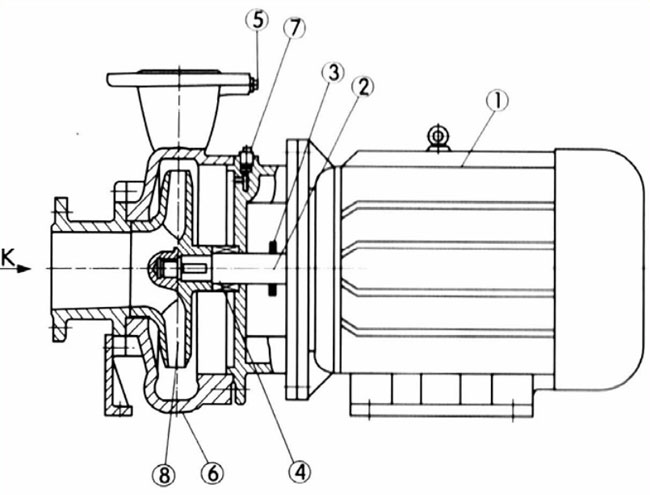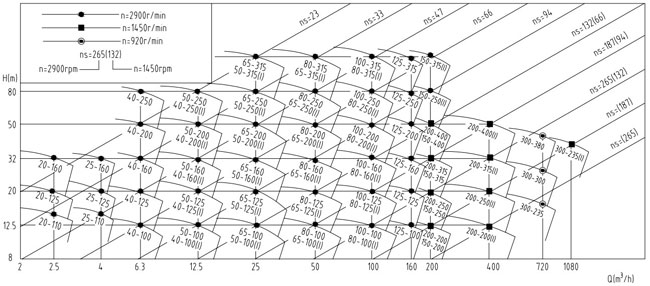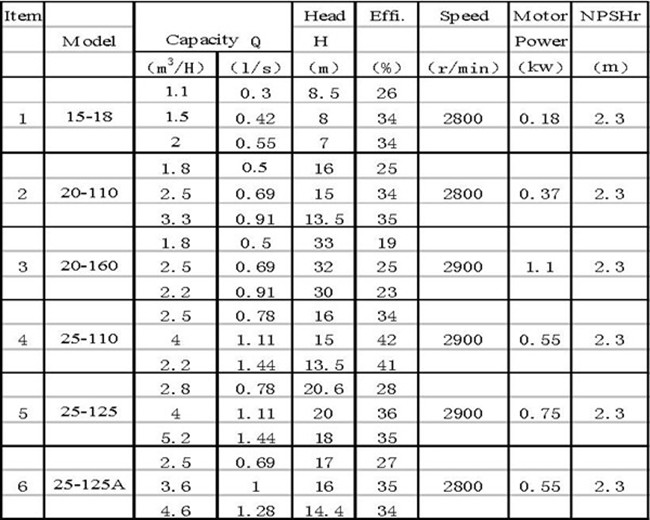**Abstract**
The sapphire flat substrate has been expanded into the mobile phone screen market. Zhejiang Shangcheng Technology Co., Ltd. (hereinafter referred to as “Shangcheng Technologyâ€) was among the first to explore this new territory. This high-tech enterprise, which received a total investment of 600 million yuan and was introduced by the Haining Municipal Government, entered the market when the domestic LED sapphire substrate industry was at its peak. However, the company soon faced a sharp decline in the price of LED sapphire substrates.
In December 2012, Shangcheng Technology announced that it had secured orders for tens of thousands of sapphire mobile phone screen protectors in the European and American markets, primarily targeting mid- to high-end smartphone users such as Apple, Samsung, and HTC. Since the release of the LAMMBOS Lanbaoshi mobile phone protector, the company’s general manager for mobile phone screen promotion and sales, Yan Xiangzhong, has been extremely busy and has not had time to respond to many inquiries.
However, for most sapphire substrate manufacturers still struggling in the industry, the question remains: is it necessary to enter the mobile phone market, or is a new demand already emerging? The unpredictability of this unknown market raises concerns about whether the orders will continue and whether the manufacturers can support the required production capacity. These questions remain unanswered.
**Seizing the High-End Mobile Phone Screen Market**
“Expanding into new areas is also a desperate move,†said Yan Xiangzhong. “As the quality requirements for sapphire substrates increase, but prices fall, and overcapacity becomes a major issue, how can manufacturers absorb the excess production?†With the LED sapphire market in decline, he added, “If we stay, we must find a new market for the industry.â€
According to data from the High-Tech LED Industry Research Institute (GLII), the number of LED companies in China increased from 803 in 2011 to 917 in 2012, nearly three times that of 2010, with total capacity exceeding ten times that of 2010. At the same time, the utilization rate of production capacity in China was only around 30% in 2012, and the operating rate was just about 50%.
This situation directly impacts the demand for sapphire substrates, the main raw material for epitaxial wafers. “The price of 2-inch sapphire substrates has dropped so low that it's now a loss-making business,†said Chen Xu, a sales director at a sapphire substrate company in East China. “Enterprises are stuck; they have no choice but to make money if they can.†In this context, Shangcheng Technology began investing in the development of sapphire mobile phone screen protectors as early as October 2011. After 13 months of rigorous certification, market research, and equipment adjustments, the company secured orders in the European and American markets, with plans to launch the product in the first quarter of 2013.
Sapphire screens offer exceptional hardness, second only to diamonds on the Mohs scale, along with superior impact resistance and scratch resistance. They are only 0.3mm thick, providing excellent optical transmittance and minimal light scattering, resulting in more vivid colors and clear mirror effects. Additionally, their high sensitivity makes them more precise than other protective films on the market, offering smoother visuals.
Zheng Songsen, currently the executive deputy general manager of Nanjing Jingjing Optoelectronics Technology Co., Ltd., is also concerned about the application of sapphire flat-film substrates in the mobile phone field. He calculates that, based on conservative estimates, at least 5,000 long crystal furnaces of 90 kg level would be needed globally to meet the demand for sapphire-based phone screens.
“If any manufacturer enters this market, they will need to invest heavily in equipment to reduce costs. If customer demand falters later, the pressure on the sapphire substrate manufacturers will be huge,†Zheng admitted. Jingjing Optoelectronics has been cautiously observing the trend.
Huang Xiaowei, technical director of Yuanliang Technology Co., Ltd., shares similar concerns. “Once the mobile phone application market starts, it will face constraints such as insufficient production capacity and high sapphire costs.†To mitigate these risks, Shangcheng Technology is focusing on order-driven production.
In December 2012, the company received its first batch of orders for tens of thousands of sapphire screen protectors in the European and American markets. “Currently, these products mainly target mid- to high-end smartphone users like Apple, Samsung, and LG,†Yan Xiangzhong explained.
**Unknown “Blue Oceanâ€**
Yan Xiangzhong believes the market potential is enormous. “From the perspective of smartphone shipments, the domestic market sees between 150 million and 200 million units per quarter,†he said. Based on conservative estimates, sapphire phone protectors could capture a significant share, meaning the global demand could reach 180 million to 320 million units annually.
However, the cost remains a major challenge. “Using sapphire in phone screens involves a complex process, taking about 18 steps from the growth of the crystal to the final screen,†Yan noted. “At present, the disadvantage of using sapphire in phone screens is the high cost.â€
Some companies have tried to use sapphire as a marketing gimmick. For example, the cost of a sapphire watch is about 20 yuan, but after using sapphire, it can be sold for a thousand dollars. Many consumers don’t understand the origin of sapphire and assume it’s the best material available.
Recent developments, such as the iPhone 5 and iPod nano using sapphire lenses, and Lamborghini launching a sapphire glass mobile phone, have sparked interest in the industry. While these examples highlight niche markets, Apple’s adoption could lead to widespread imitation across the smartphone industry.
For Shangcheng Technology, entering this market is just the beginning. The real challenge lies in educating consumers about the benefits of sapphire. “We must promote the advantages of sapphire,†Yan emphasized. “It’s unbreakable and twice as strong as regular glass.†These features are key selling points in Europe and America, along with good heat dissipation and high transmittance.
Despite the optimism, not everyone is convinced. Li Feng, a marketing director at a sapphire company in Southwest China, warned that some merchants use sapphire as a marketing trick. “Many consumers don’t know where sapphire comes from and think it’s the top material.â€
One important point to note is that sapphire is brittle and can break easily, posing safety risks if it shatters. Li Feng believes these issues prevent large-scale adoption of sapphire in mobile phone screens.
Meanwhile, Anhui Tongling Kunpeng Optoelectronics Technology Co., Ltd., which processes sapphire mobile phone screens, reported a drop in popularity. According to their sales team, sapphire materials are mostly sourced from Harbin Institute of Technology, but the demand has declined significantly in recent months, with monthly supply reaching only one or two thousand pieces.
ISW End Suction Pump
Naipu ISW end suction pumps designed in accordance with ISO2858 standard,are single-stage single-suction horizontal centrifugal pumps featured by integrated simple construction for less space, easy installation, smooth operation with less noise and free of daily maintenance due to the introduction of high quality mechanical seals and closed coupling.
Typical Applications---
Water supply system
Lowering underground water level
Boosting
Gardening and aricultural irrigation
Various kinds of industrial application
ISW End Suction Pump Configuration Drawing

Main Part Number At The Drawing
|
1 Motor
2 Shaft
3 Deflector
4 Mechanical Sea
|
5 Pressure Monitoring Hole
6 Pump Casing
7 Pressure Release Plug
8 Impeller
|
ISW END SUCTION PUMP SELECTION CHART

NP- ISW END SUCTION PUMP PERFORMANCE PARAMETERS

ISW End Suction Pump,End Suction Pump,Clear Water Pump,End Suction Water Pump
Shijiazhuang Naipu Pump Co., Ltd. , https://www.naipu-pump.com


